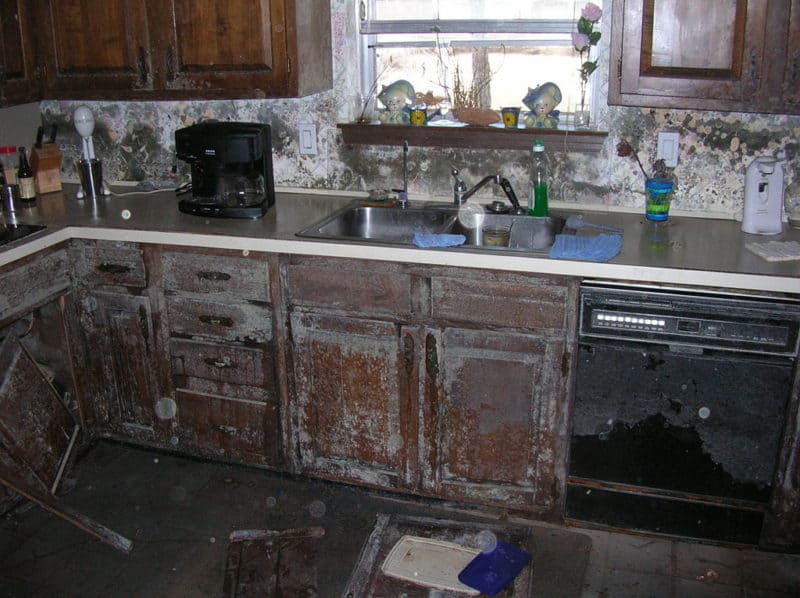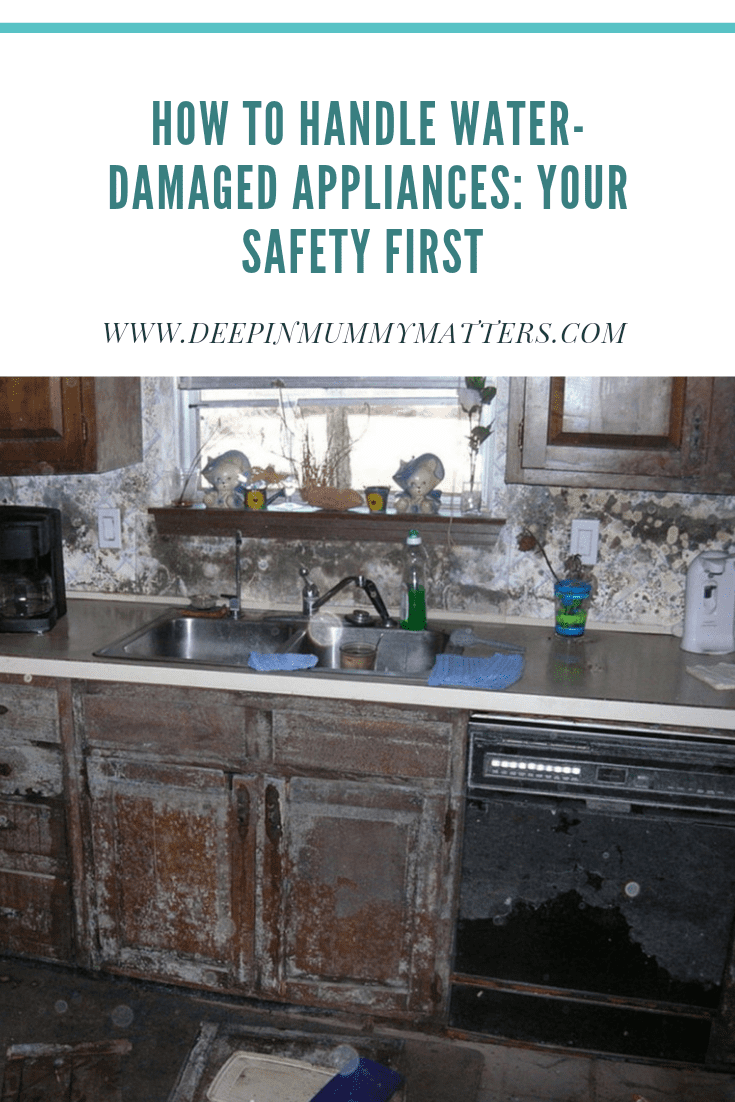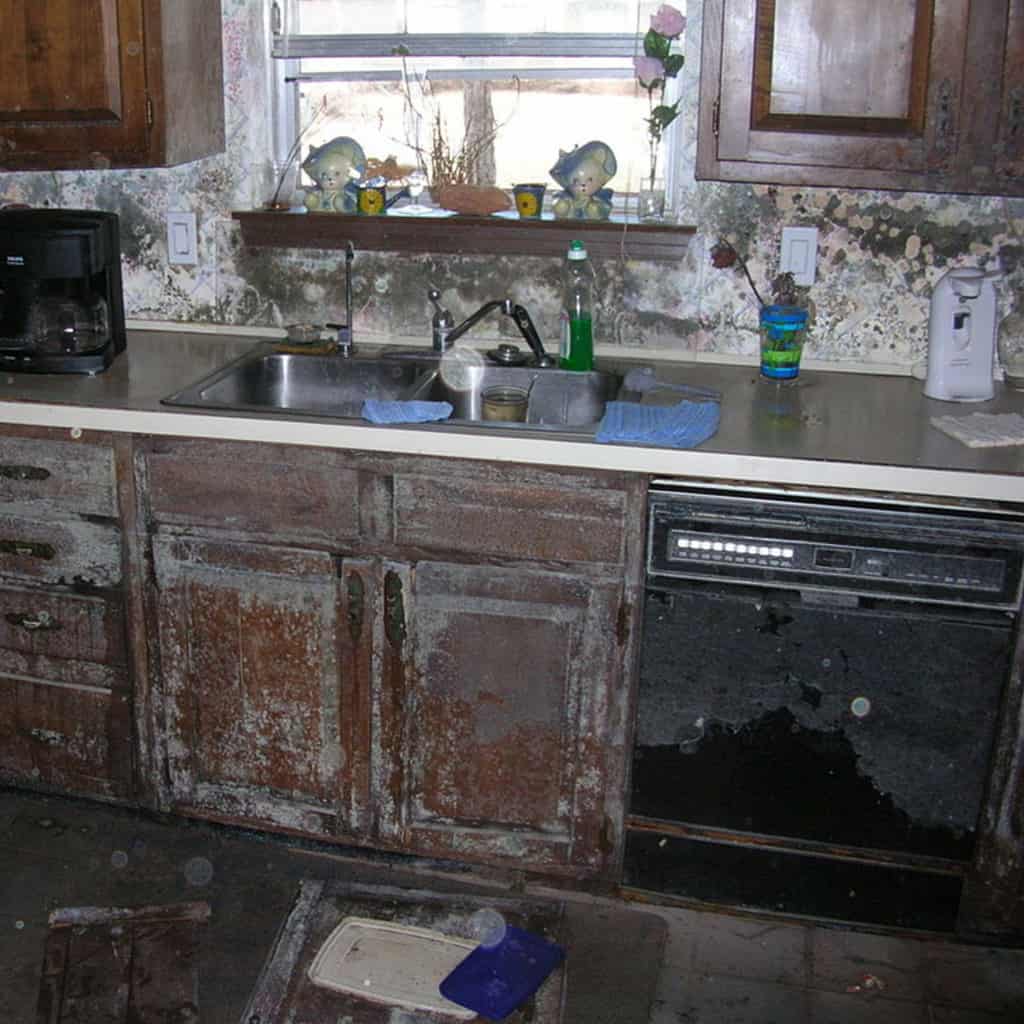Apart from wildfires, flooding remains to be one of the leading natural disasters in the US. Statistics have revealed that nearly half of the 50 states across the country have experienced flooding in the past few years. And while this issue can be easily overlooked, the results can be devastating and costly.

One thing with flooding is that it can cause a lot of damage within a very short period of time. And as people plan to get their lives back to normal after flooding, there are several safety hazards lurking in their properties once the water levels have dropped. One of these hazards is their appliances. A recent survey has revealed that most people leave their appliances unplugged in the event of a flooding incident. Generally, this leads to damaged appliances, and most people don’t know how to handle such appliances.
If you are one of these people, worry no more. This post shall discuss how you should handle water-damaged appliances safely. Read on for more information.
Your safety first
The first rule of thumb when handling water-damaged appliances is your safety. Water and electricity don’t mix, which can be very dangerous, especially if you are not careful. So, before you start handling any of your water-damaged appliances, make sure that they are unplugged from the power source. Once they are unplugged, proceed to inspect them for any damage.
Handling water-damaged appliances:
Don’t plug in your appliances again
Once you have inspected your appliances for damages and found none, don’t plug them back into the power source. Doing that can cause serious electrical issues, resulting in an even more costly repair bill. Instead, take them to a professional who will be able to handle them safely.
Use a dehumidifier temporarily.
If you are not taking your appliances to the professionals and want to get started immediately, consider using a dehumidifier before working on any other repairs. This is important because water-damaged appliances tend to hold moisture inside, which can cause further damage if left unchecked. With a dehumidifier, however, you should be able to minimize any moisture buildup in your appliances and avoid further damage.
Use dry towels to clean up the water.
Another important thing that you should do when handling water-damaged appliances is use dry towels to soak up excess water. You can also use a vacuum cleaner with a hose attachment to remove any leftover moisture. Acting quickly at this stage is important, especially if the flooding has just occurred. The longer you wait, the more damaged your appliance and the more costly repairs.
Let a professional inspect your appliances.

Once you have cleaned up your appliances, it’s time to let professional water damage restoration services take a look at them. This is important because they will be able to tell if your appliances can be repaired or if they need to be replaced altogether. They will also be able to estimate the repairs that need to be done, which can help you plan your budget better.
So, how do you determine whether it’s worth repairing water-damaged appliances?
Here are a few things to consider whether you need to repair or replace your water-damaged appliances.
The age of your appliances
One of the things that you need to consider is the age of your appliances. It might be worth repairing them if they are relatively new since they should still be under warranty. However, if they are quite old, it might be better to replace them altogether.
The severity of the damage
Another thing that you need to consider is the severity of the damage. Repairs might be enough if the damage is minor, such as just some water spots on the surface. However, replacement might be better if the damage is more severe, such as warped surfaces or rusting.
The cost of repairs vs replacement
Of course, you also need to take into consideration the cost of repairs vs replacement. In some cases, the cost of repairs might be more than half the price of a new appliance. In that case, it might be better to replace the appliance altogether.
Your insurance coverage
Another thing to consider is your insurance coverage. If you have insurance for your home or appliances, check with them to see if they cover water damage. They might cover the cost of repairs or replacement entirely in some cases.
Deciding to repair or replace
After considering all of these things, you should know whether you need to repair or replace your water-damaged appliances. If you are still unsure, it might be a good idea to consult a professional who can give you more detailed advice based on your situation. However, whatever you decide, it is always best to act quickly to minimize further damage and avoid even more costly repairs.
Conclusion
According to Hartman’s Ocala appliance repair experts, when dealing with water-damaged appliances, it is essential to take a quick and proactive approach to minimize any further damage. Some of the things you can do include using a dehumidifier, cleaning up excess water with dry towels or a vacuum cleaner, letting a professional inspect your appliances, and considering the age, severity of the damage, and cost of repairs vs replacement when making your decision. Whether you decide to repair or replace your water-damaged appliances, it is important to act quickly to avoid even more costly and extensive damage.


